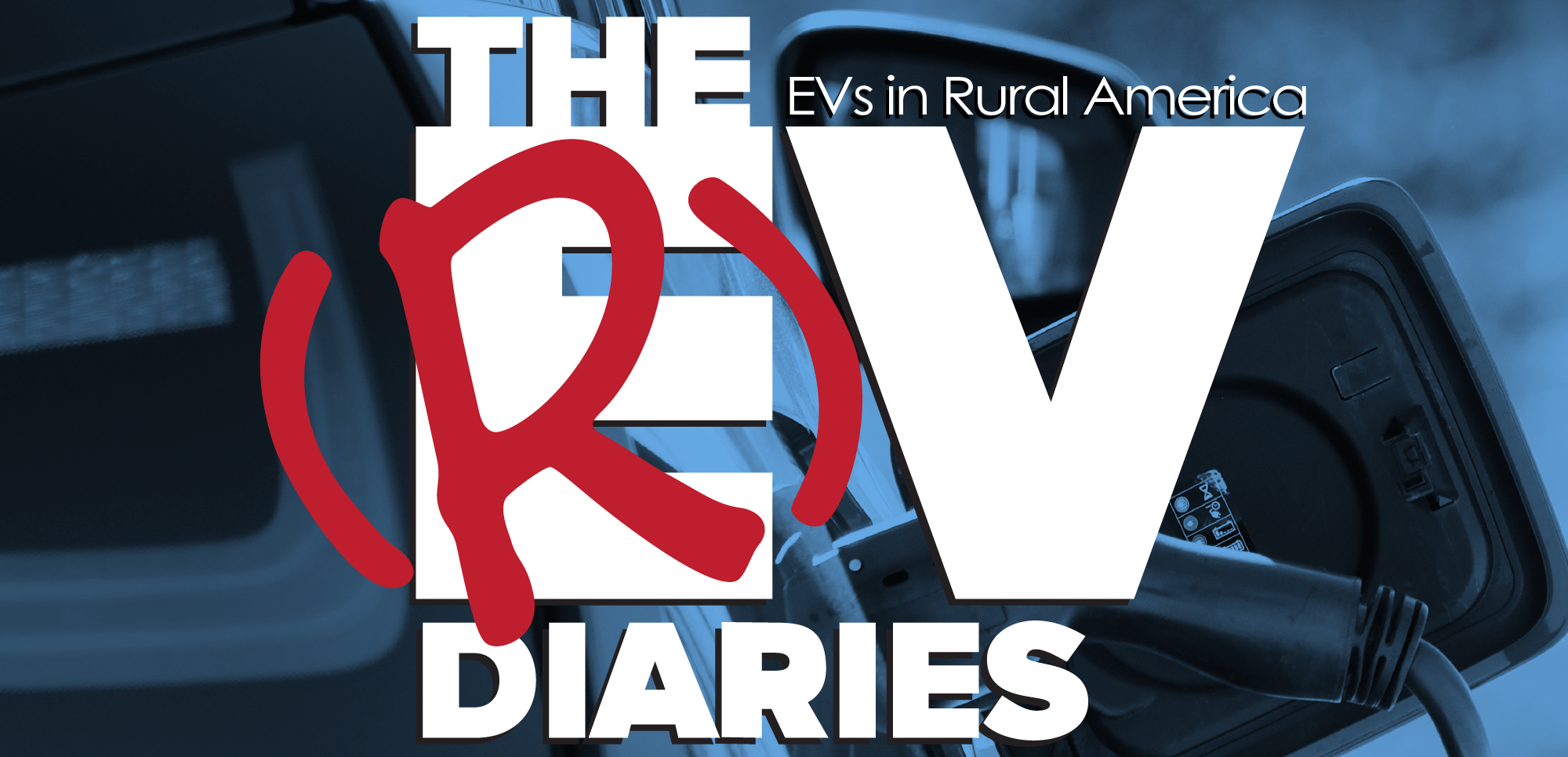The United States Department of Energy awarded 20 companies government loans totaling $2.8 billion to boost battery production in the United States. Texas-based Microvast was one of those companies and they announced plans to build a $500+ million dollar facility here in Kentucky which would create more than 500 jobs. Kentucky joined the cause offering $21 million in tax incentives to Microvast.
Abruptly, the DOE pulled funding when some congressional Republicans questioned some “improper ties to China”. Now Kentucky is holding off on the tax incentives until Microvast can explain why the DOE acted so quickly.
Our question is: In this global economy, what exactly is an improper tie to China? The US economy and the Chinese economy are so intertwined, how could you tell? This is an American company, founded by an American whose name just happens to be Yang Wu.
Is this really about China or is it posturing against all things Democrat of which EVs seem to be a part?
Again, the (R)EV Diaries feel that EVs are neither Right nor Left and can stand on their own merit. We also think the more companies making batteries, the cheaper they will become, but more importantly, improvements in battery technology will happen faster because more people will be working to solve the current problems and limitation of current batteries.
Podcast: Play in new window | Download
Subscribe: RSS
